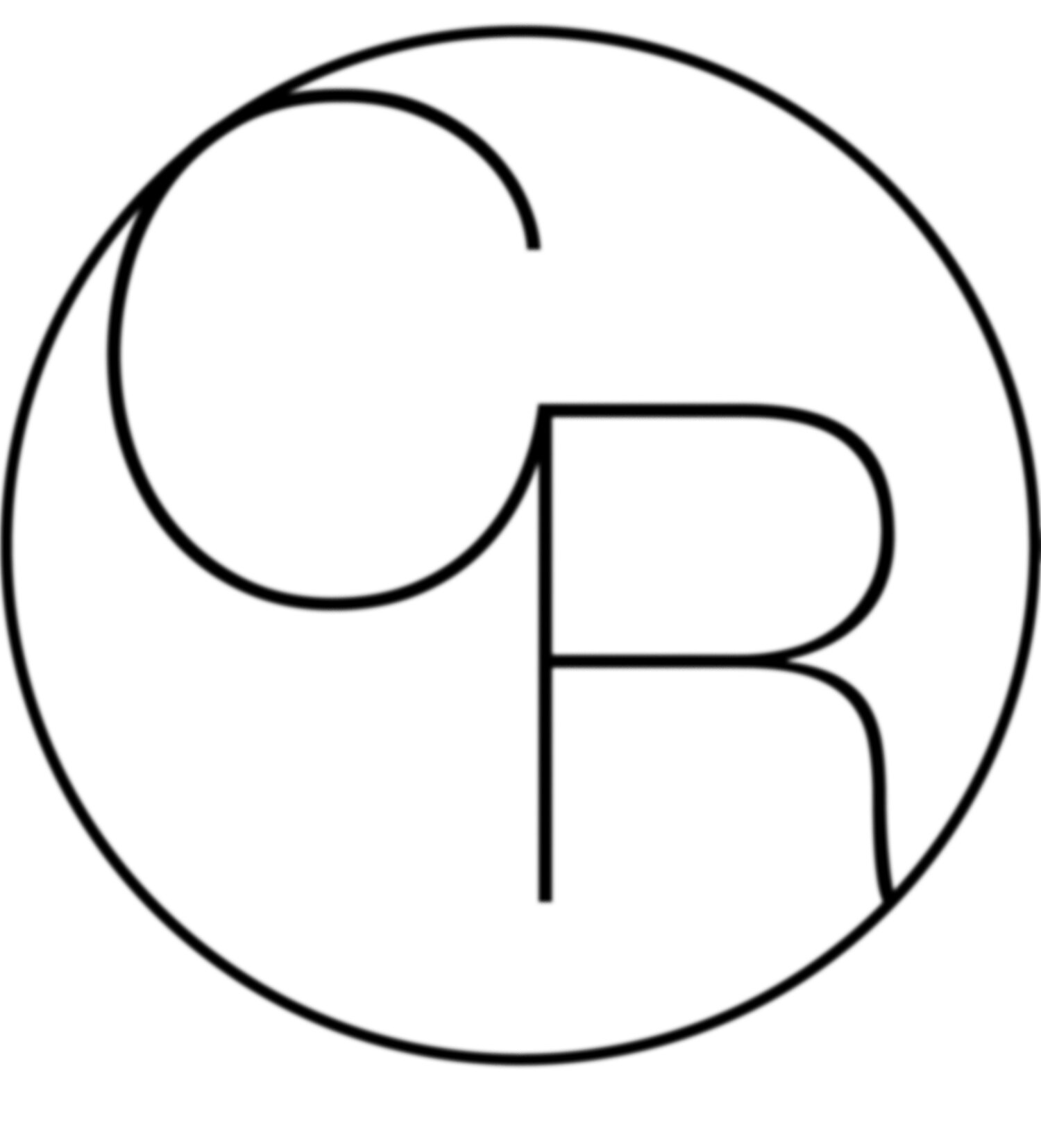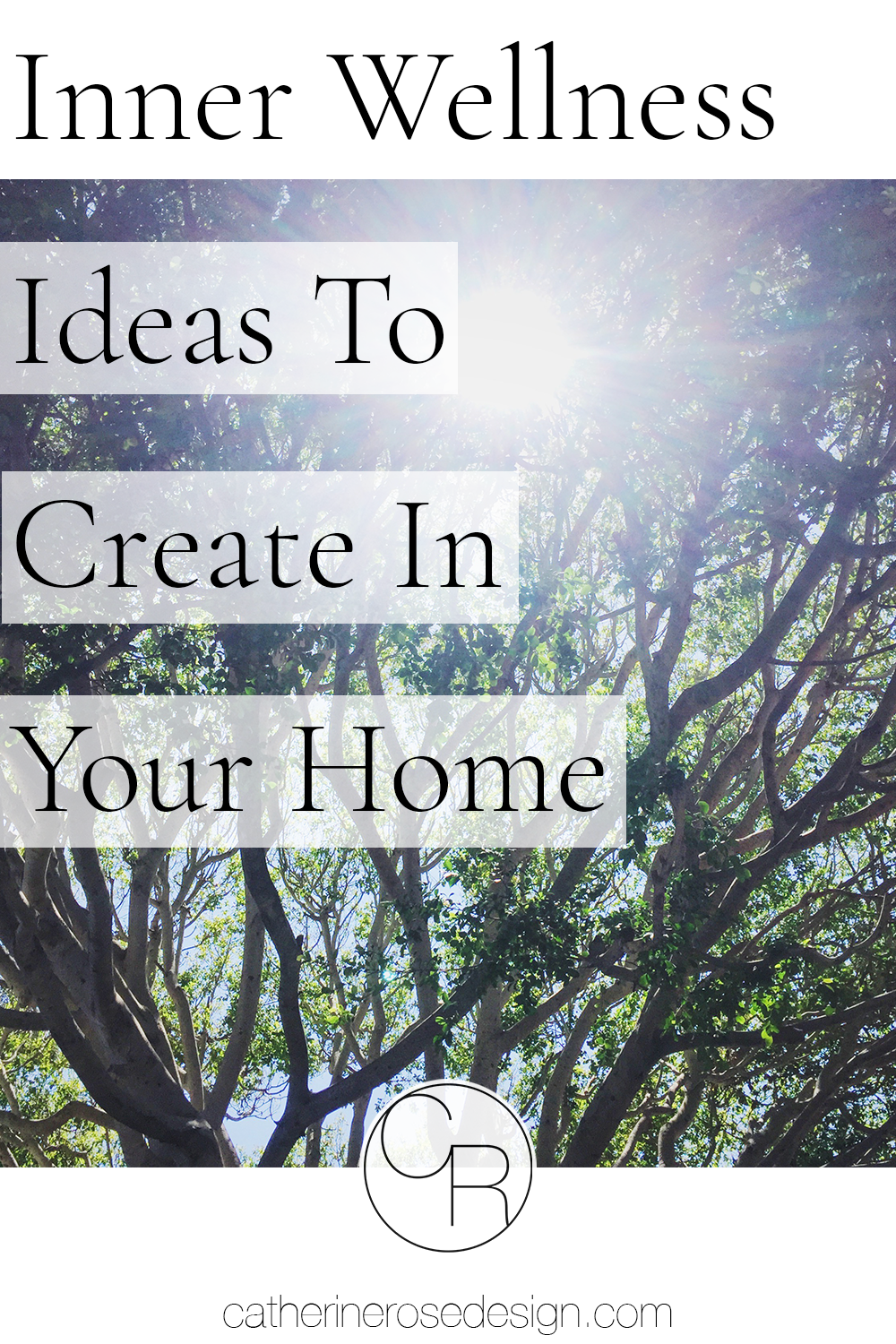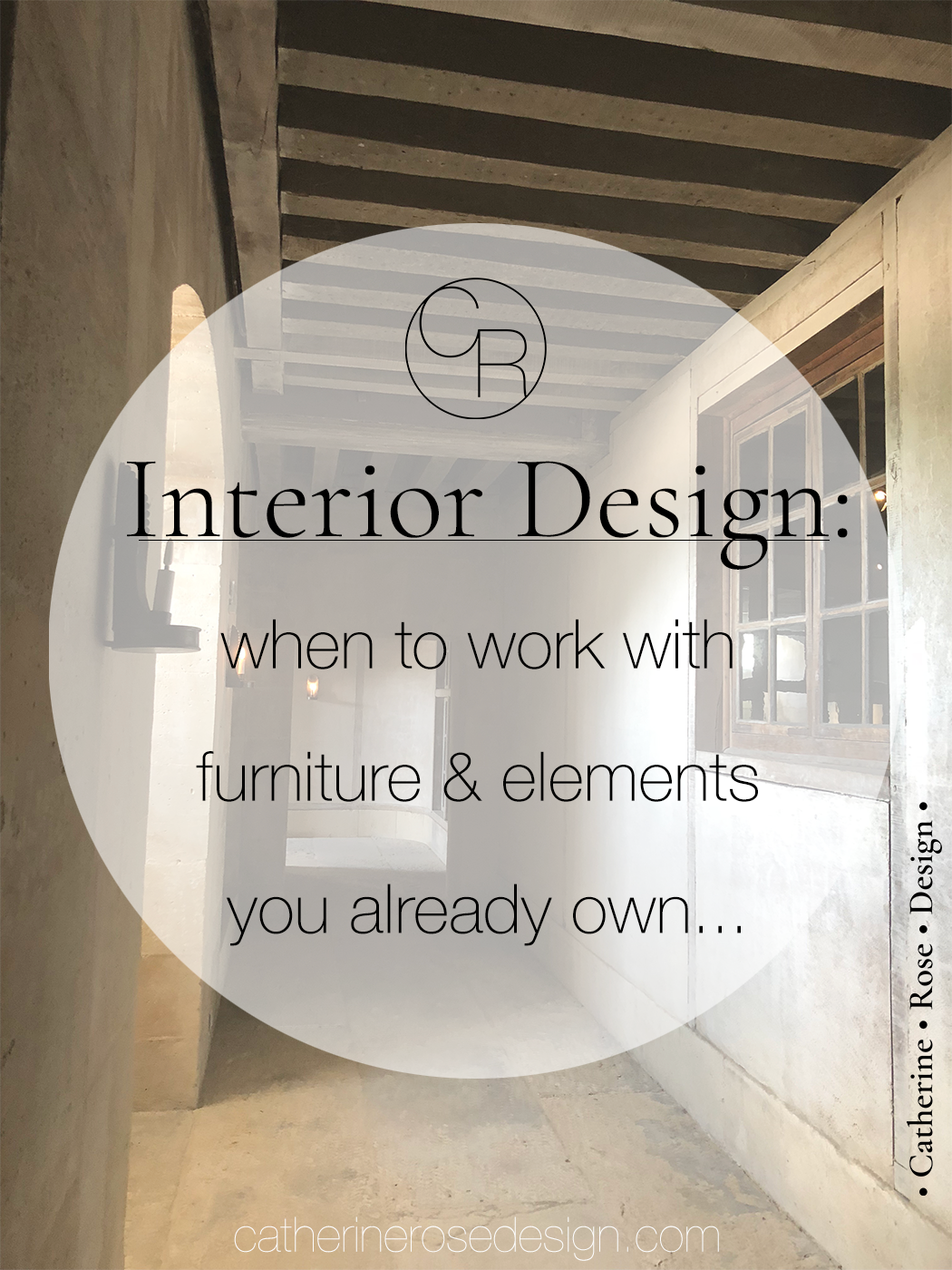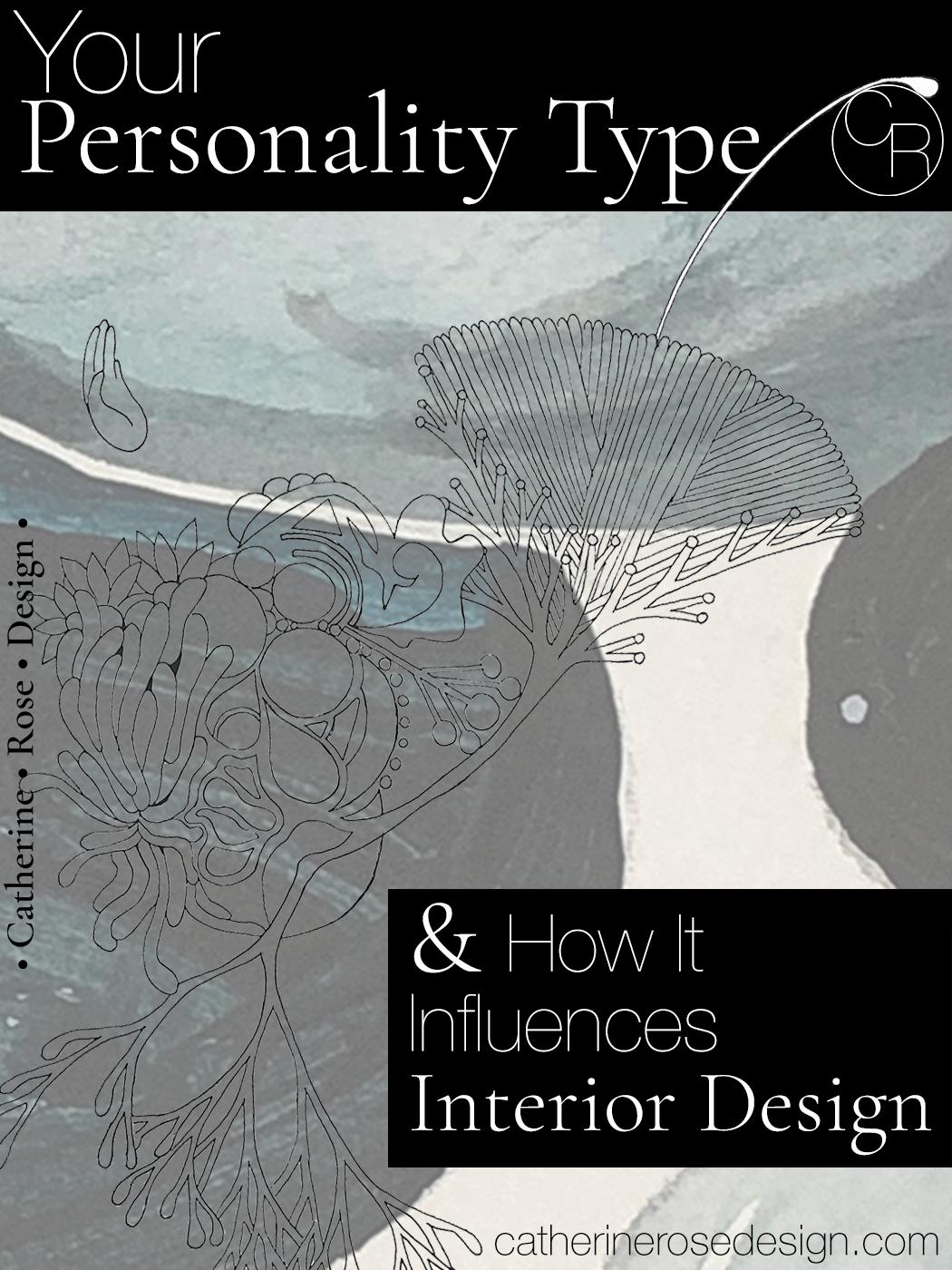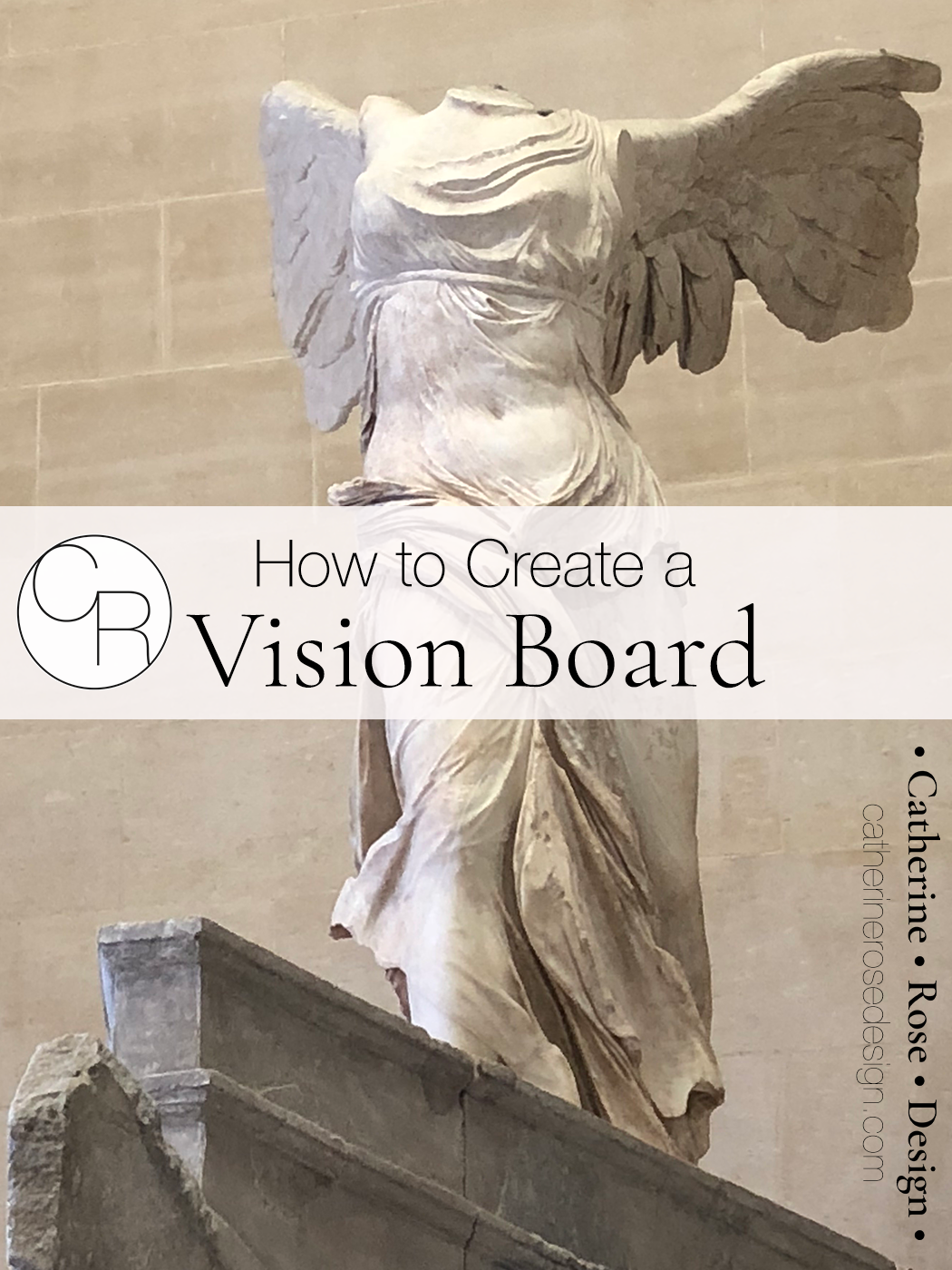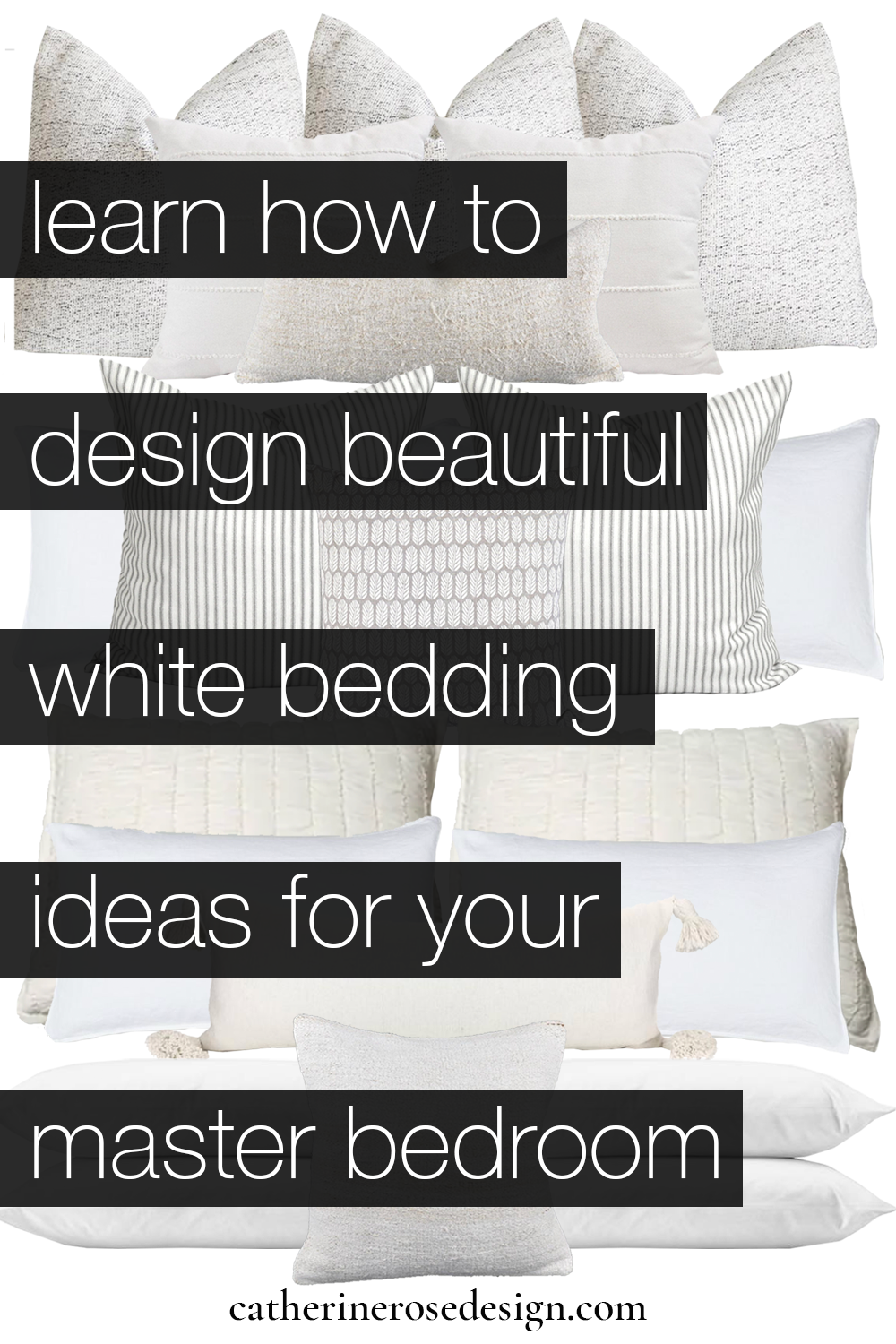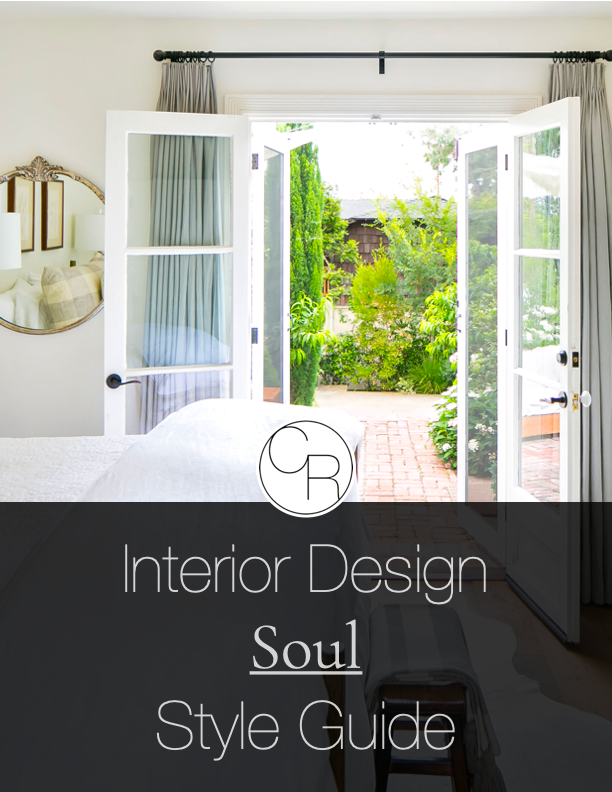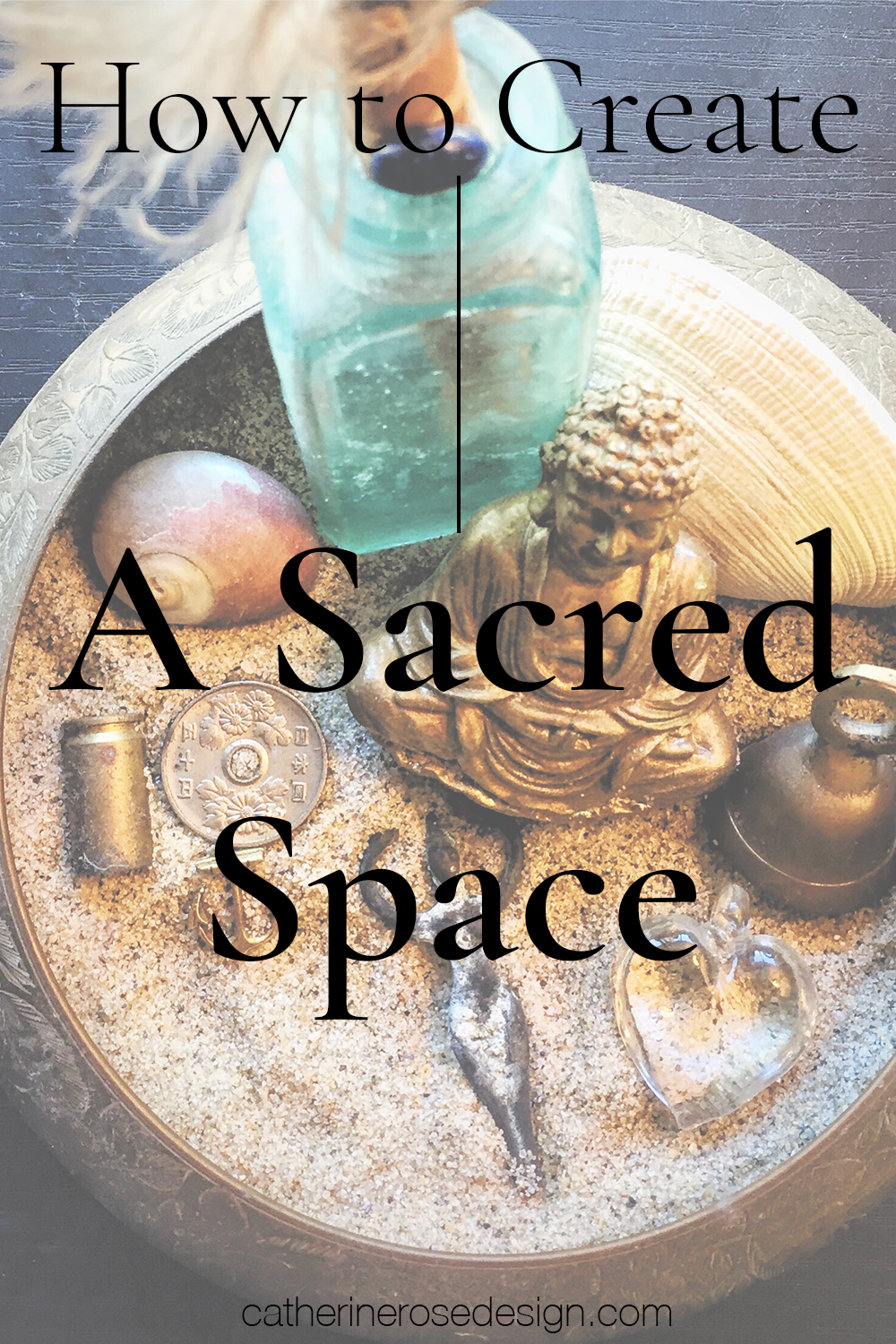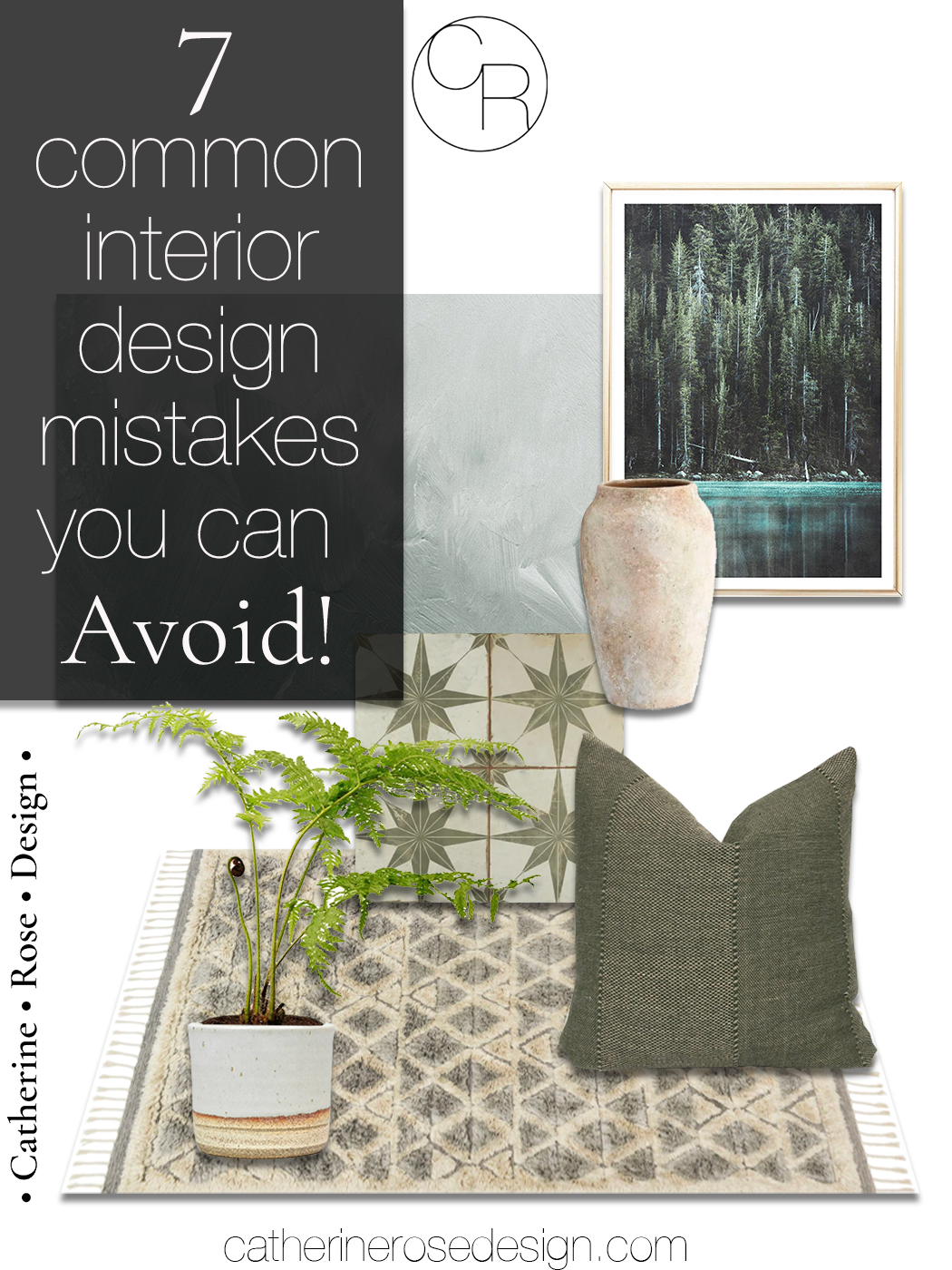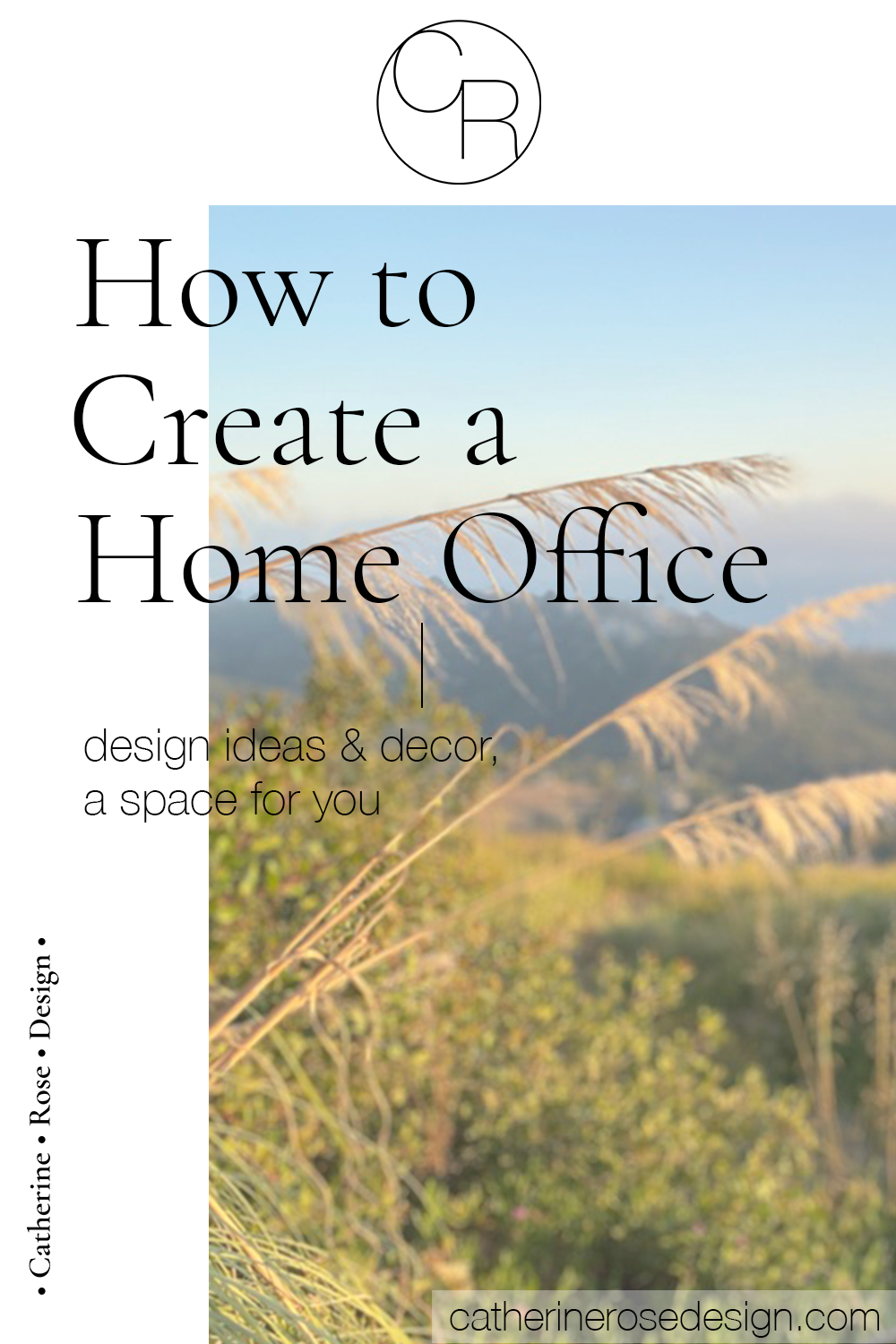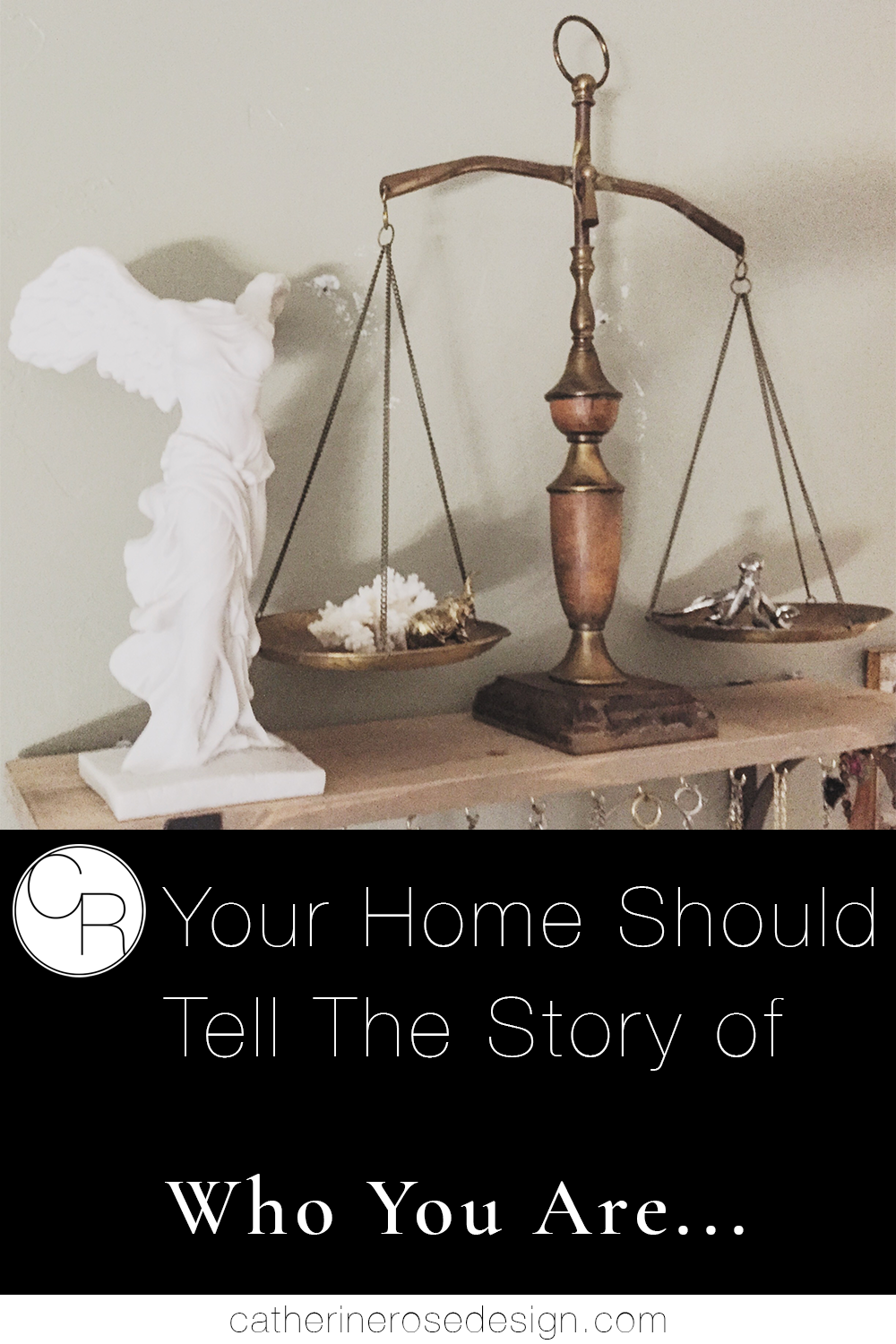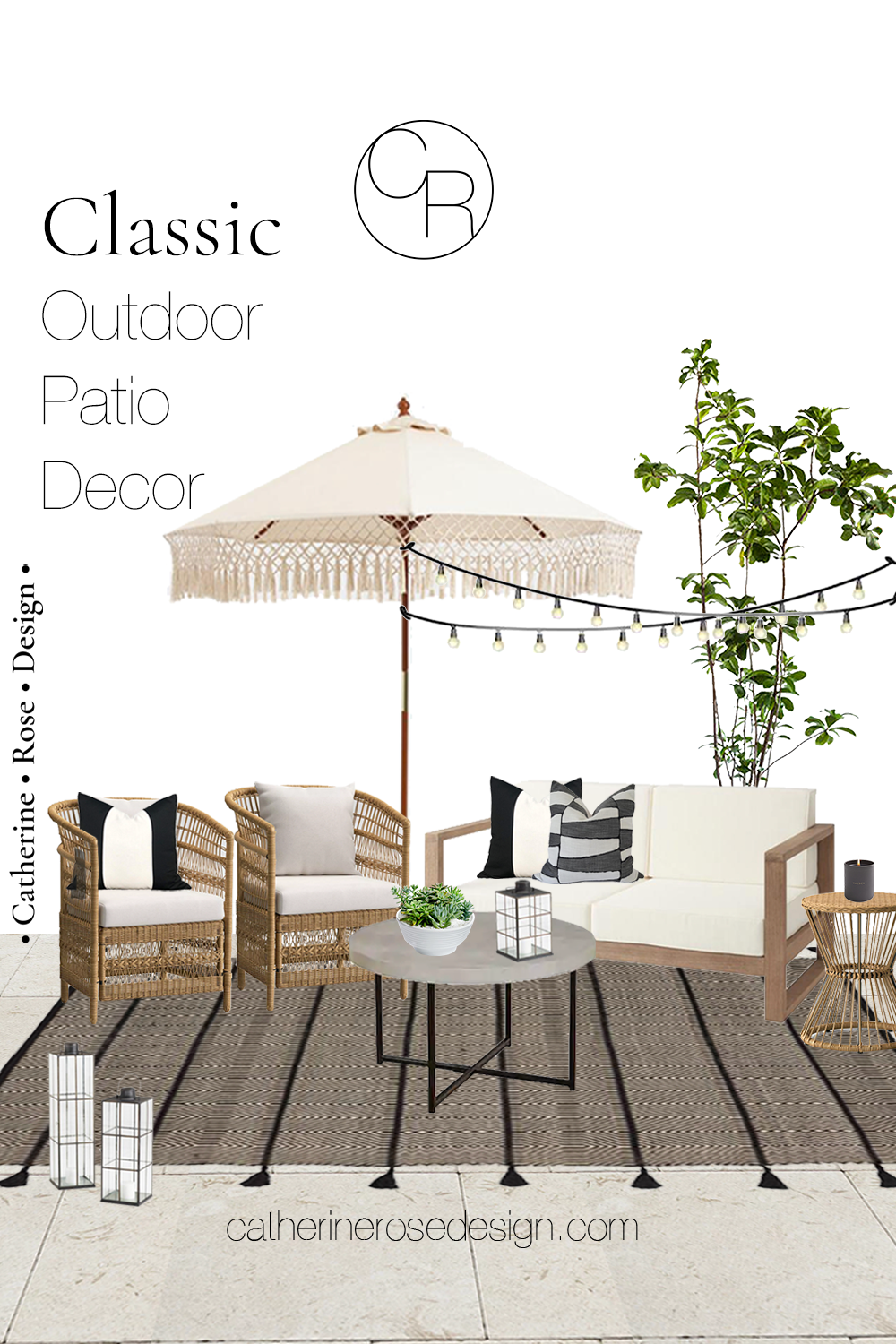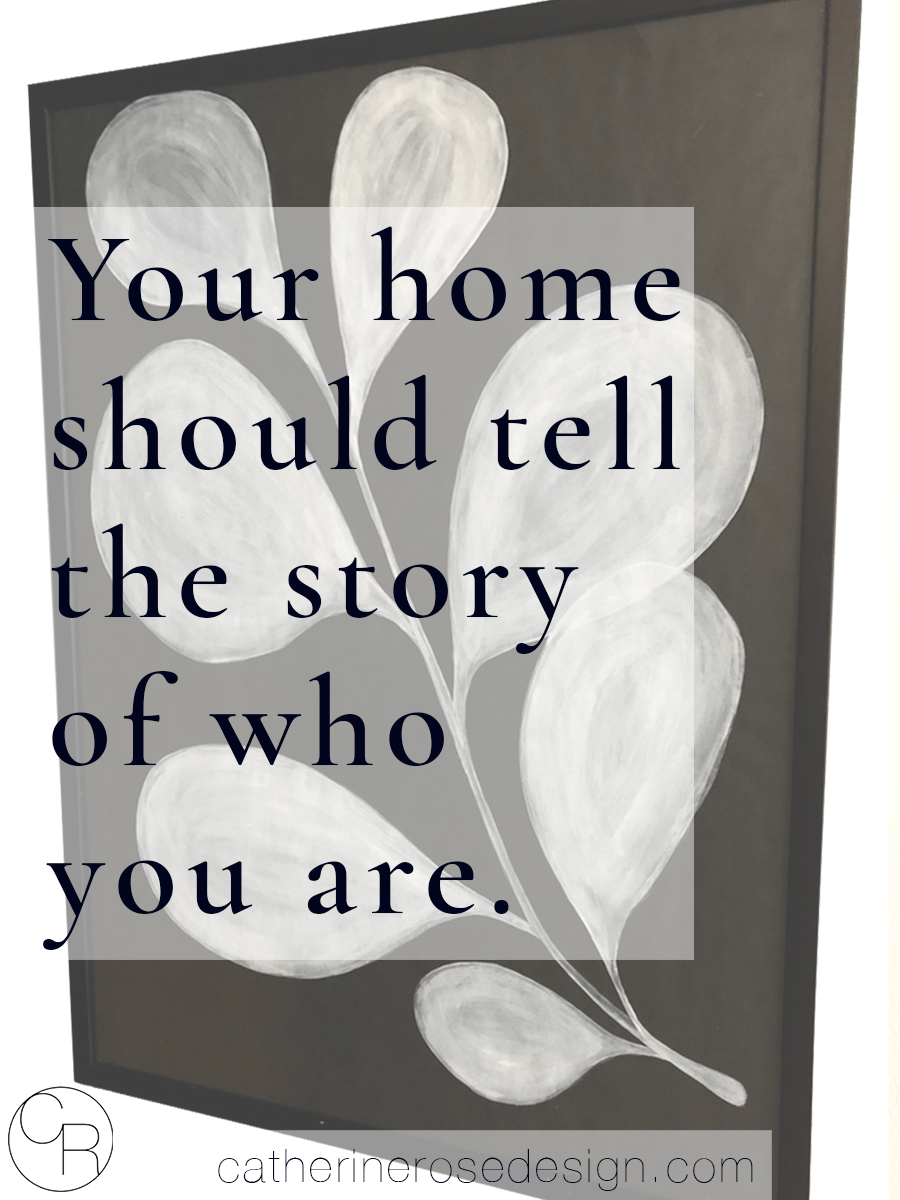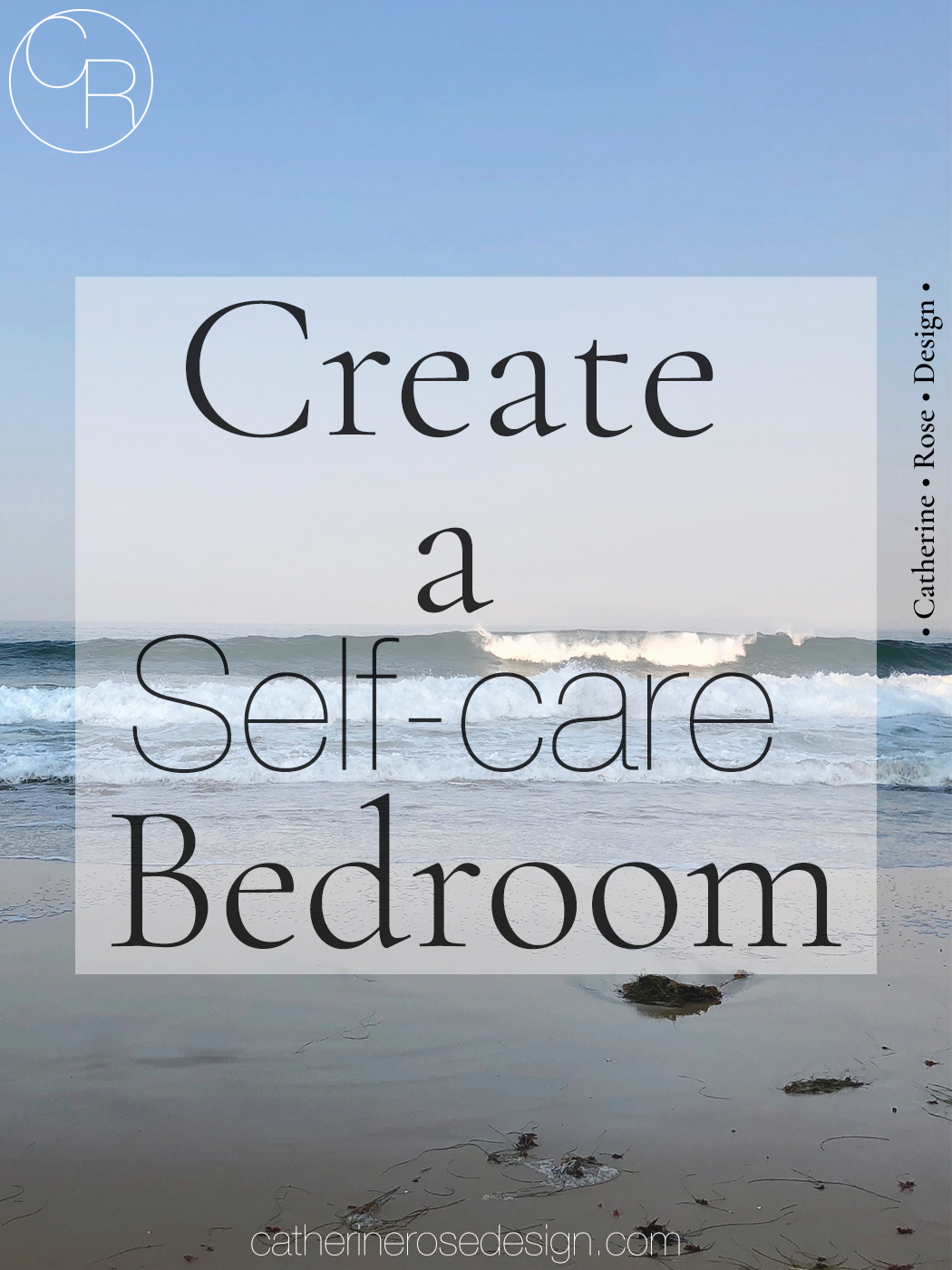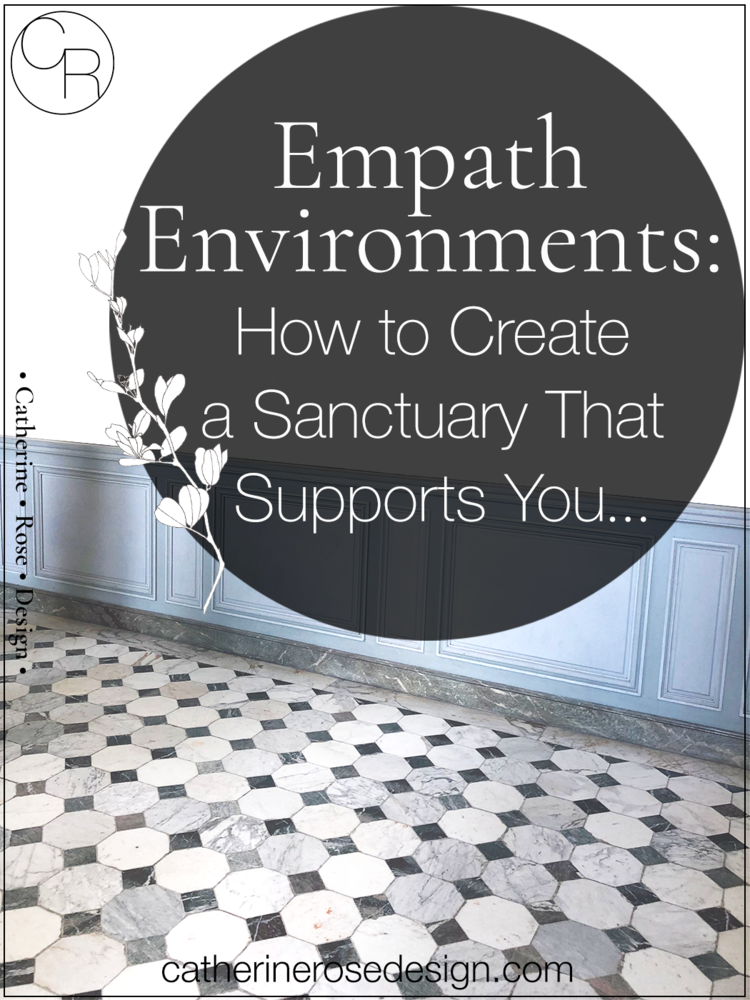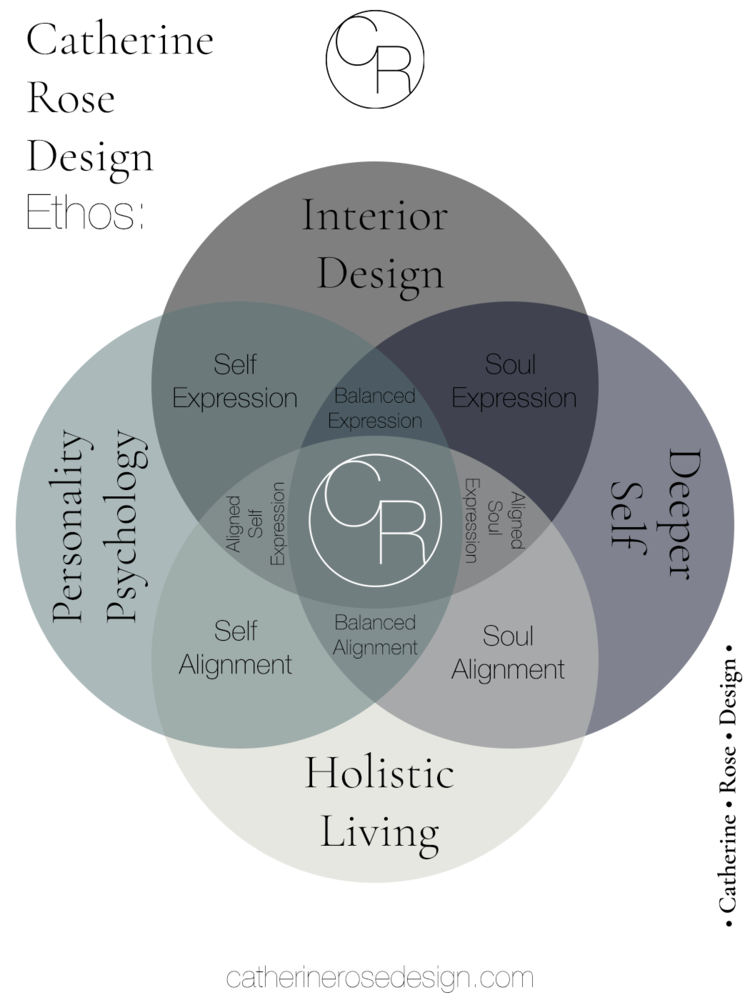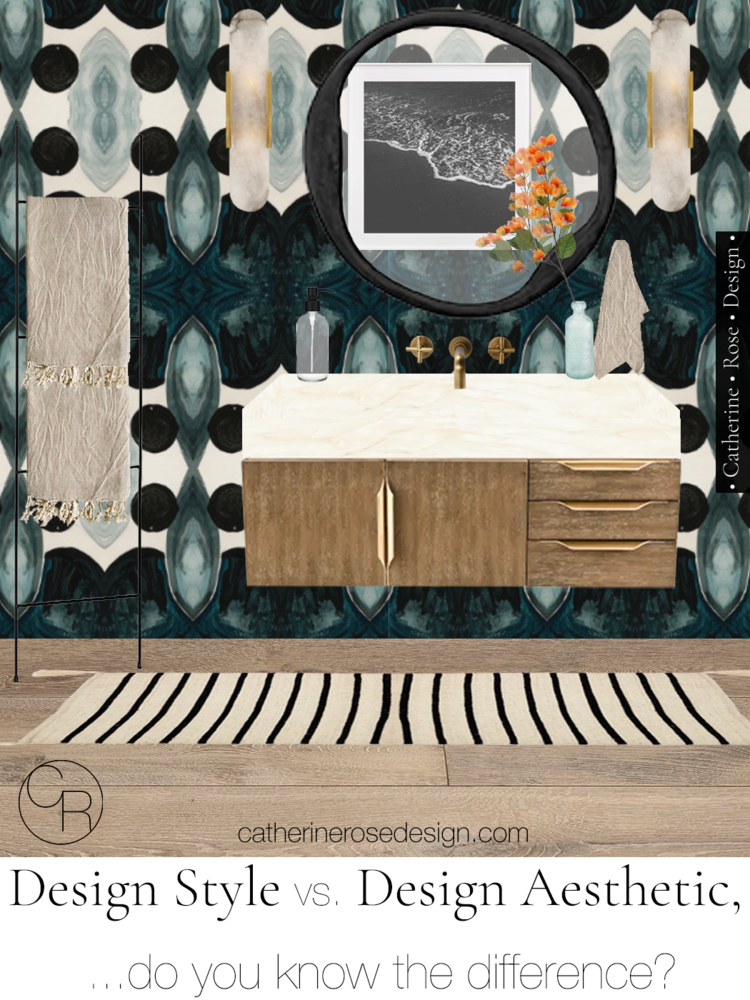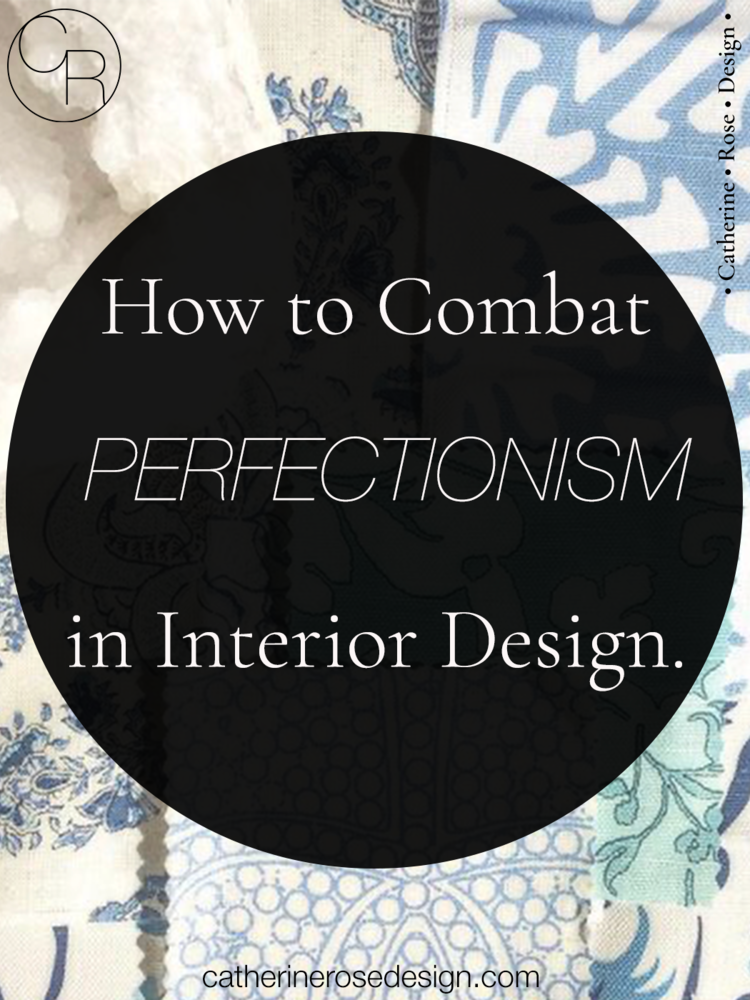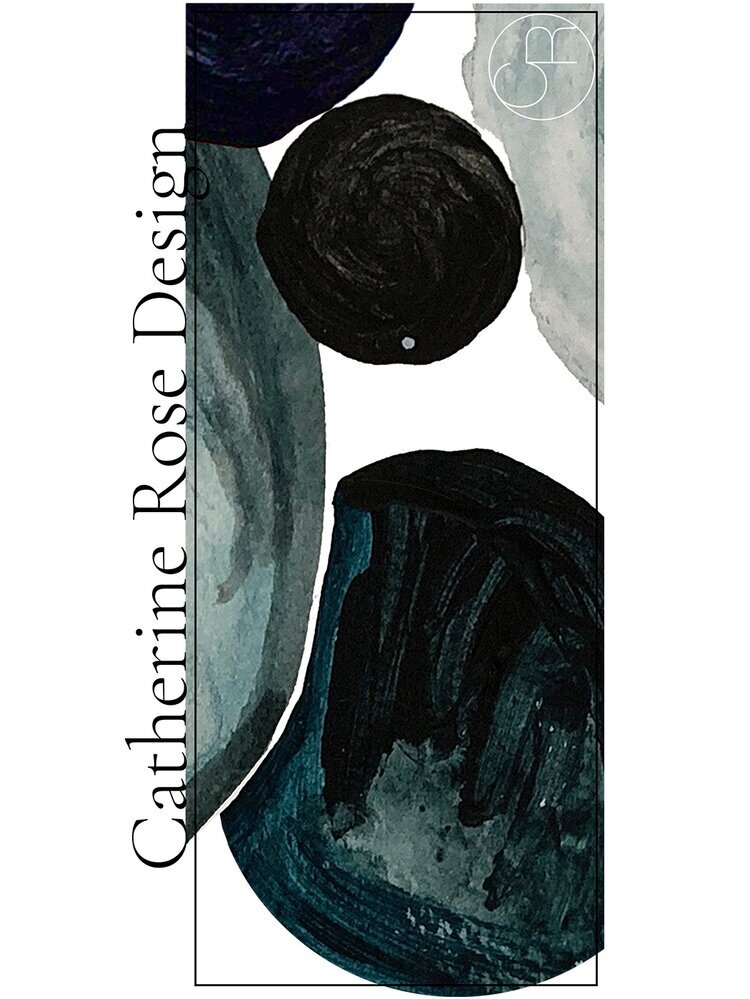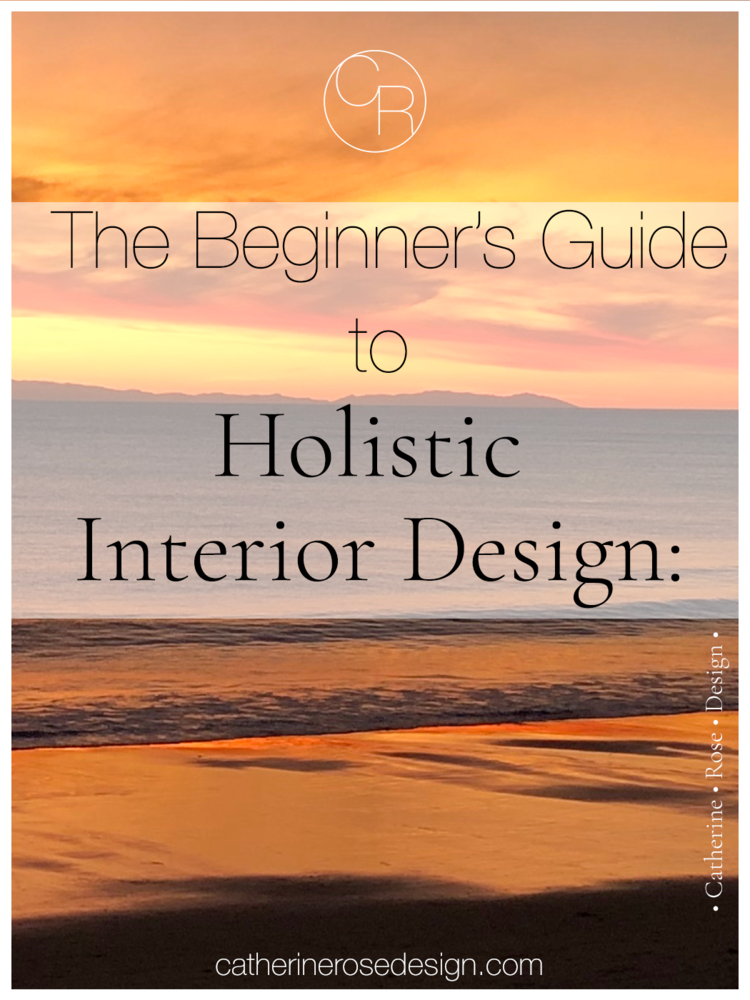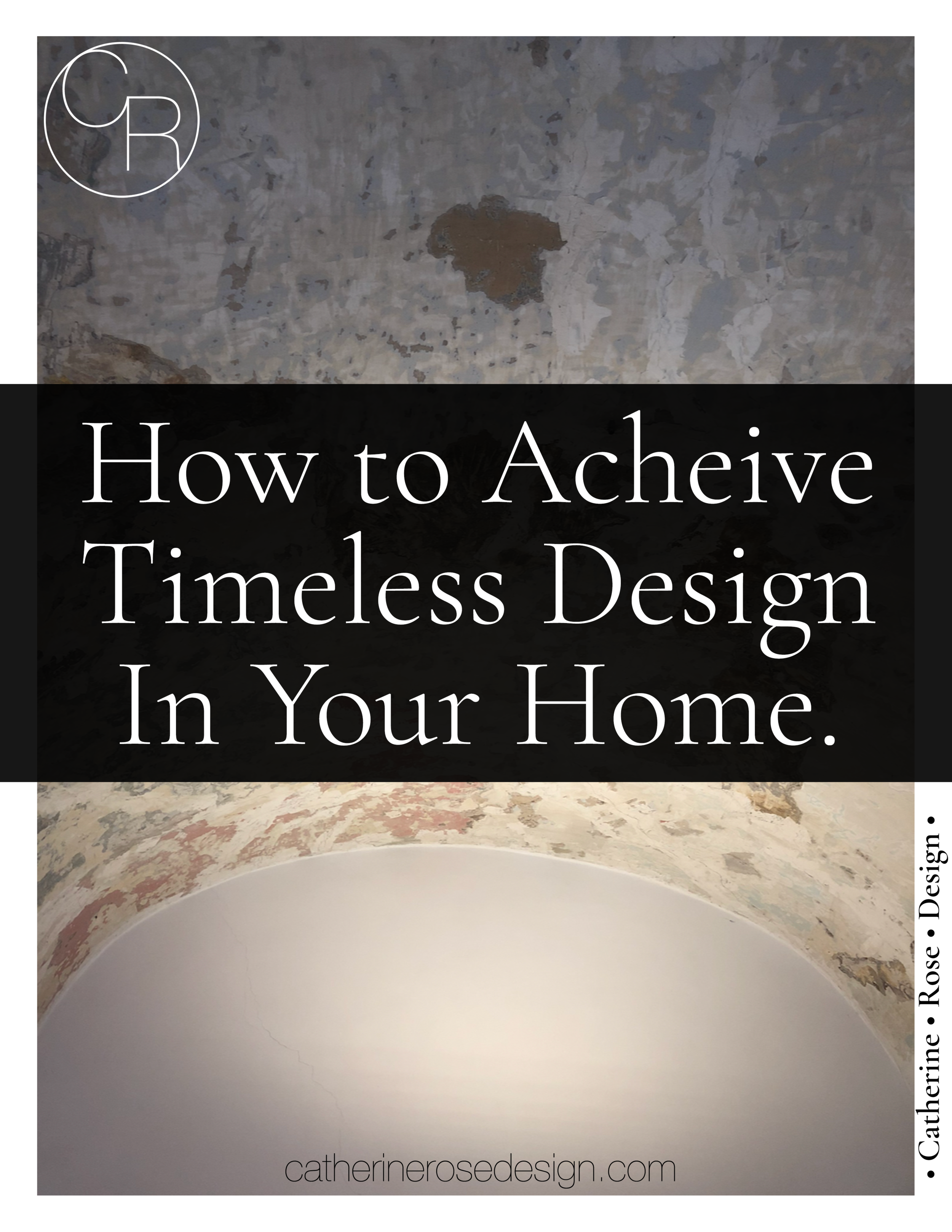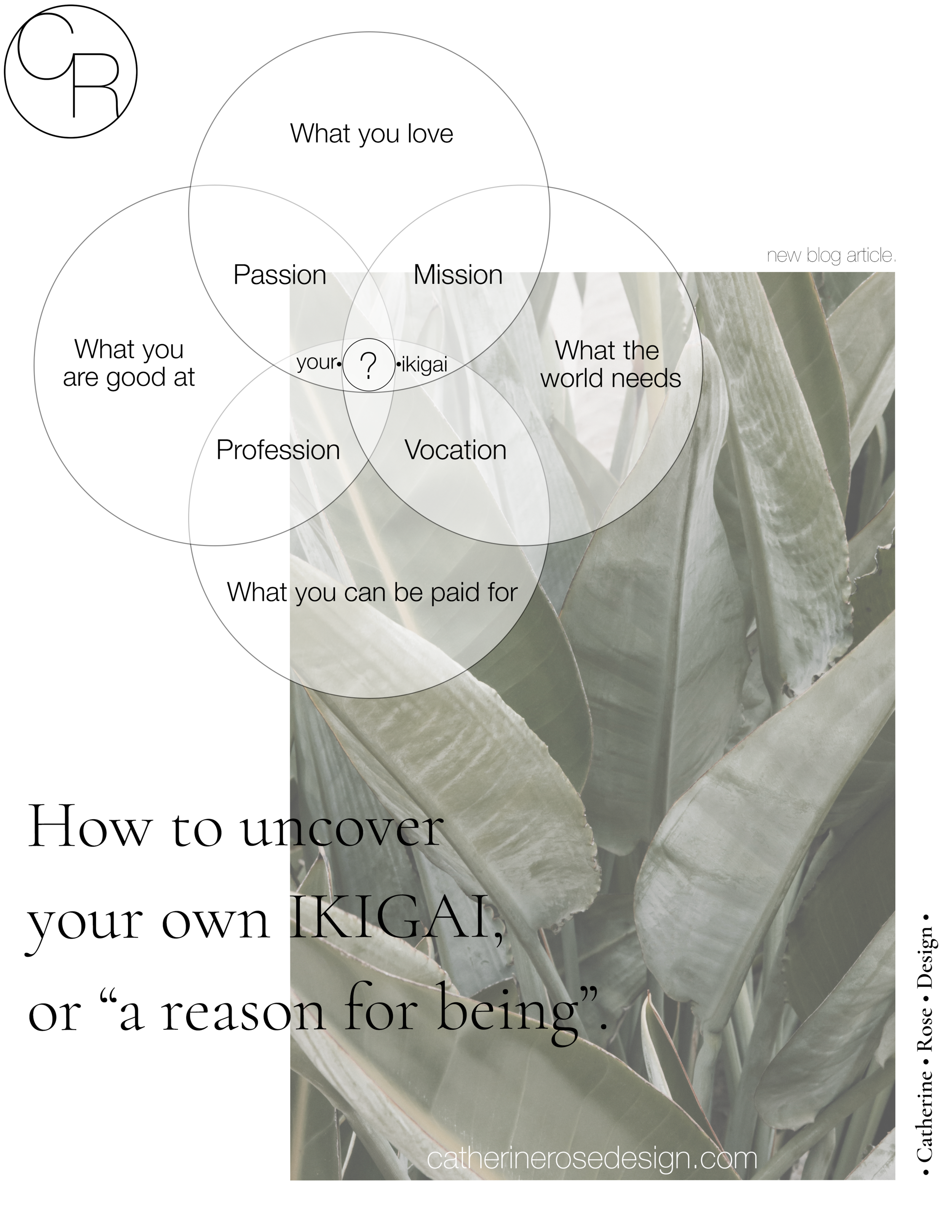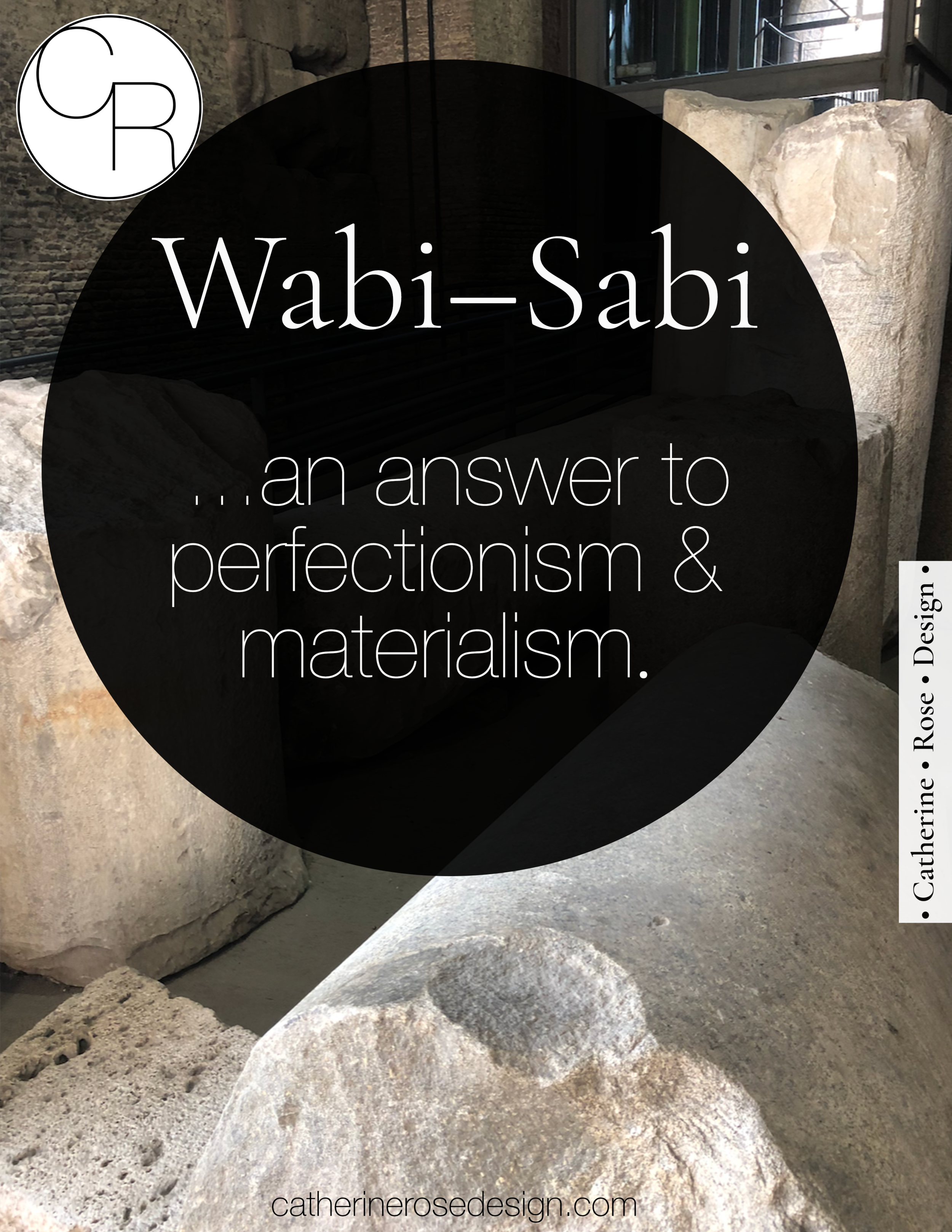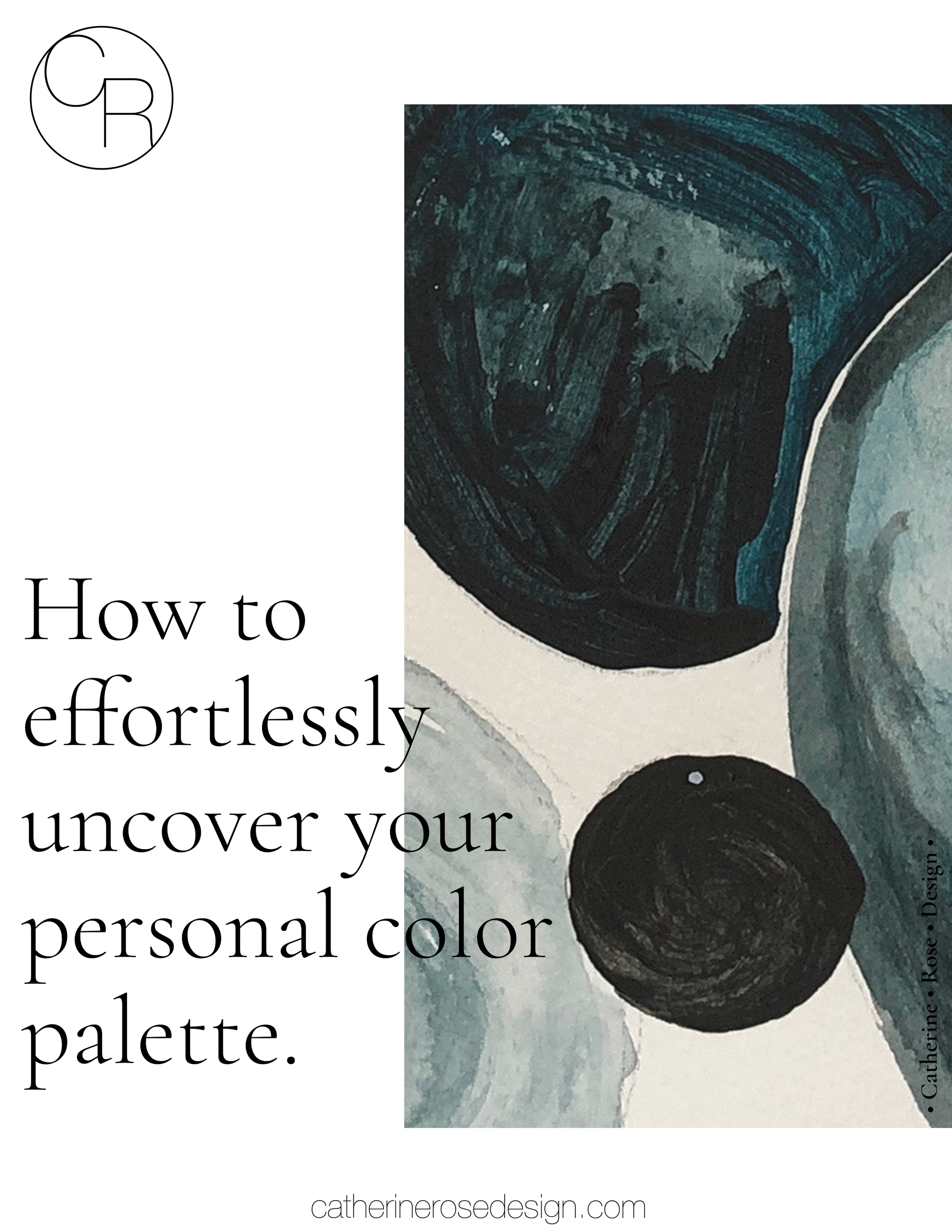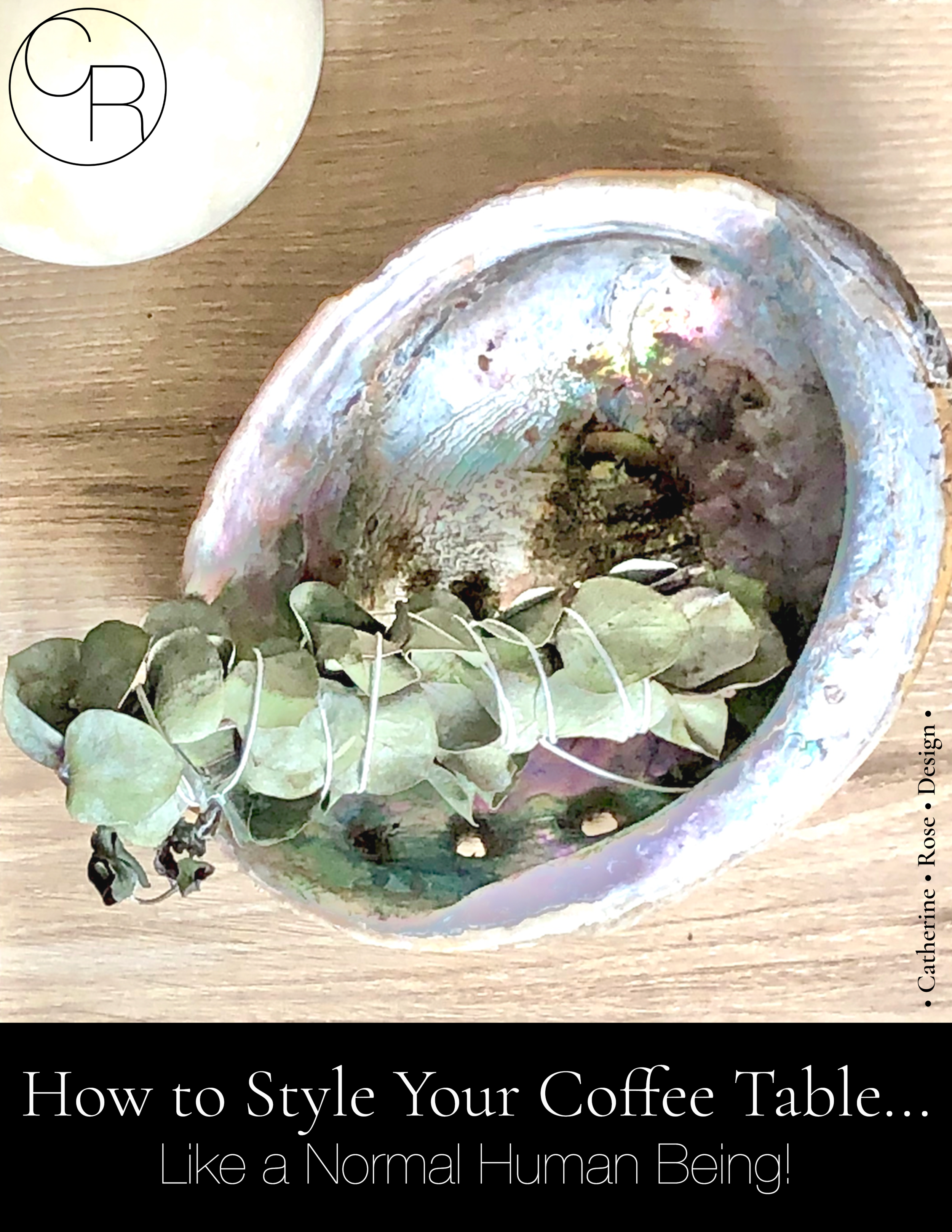How to choose wood (or wood looking) flooring for your environment, worry-free.
…and the things you should focus on when deciding!
There are sooo many wood flooring options out there. Not to mention wood-looking floor options (like vinyl and tile)! How would one ever choose the one that’s right for them and the way that they want to live?!
I want to take away the stress from you ( and my design) clients when it comes to choosing the right wood floor for you.
I’m going to ask you the right questions and share the right information regarding wood flooring so that you can be confident in choosing the right look and feel for your aesthetic!
I know how absolutely overwhelming choosing flooring can be. Often my clients just ask me to pick one for them because there are way too many options out there.
I remember one client specifically who knew the general color direction that they wanted but were stuck on how to choose which material (between tile and vinyl) and which of the many options and why they should!
I asked them each of these questions below and we got them to a decision that felt and looked the best at the correct price point for their project.
Designers rarely share how or why they make the decisions that they do often stating, “this one looks the best” which takes the power away from their clients and their environments!
I want to share the rationale behind choosing wood (looking) flooring so that you can be confident in making your own decisions instead of looking outside of yourself for the answers.
When you go through the questions below when choosing your own flooring you will make the right decision for you and your environment!
Of course you can always just pay someone who you believe has better taste than you to make the decision for you, and maybe after reading this article you still wish to do that! However if so maybe now you will hire someone who has a better reason for choosing material for your home then, “I just like it…”.
If you outsource the decisions on your home you risk living in an environment that doesn’t fit you or your energy.
“Wood” floor texture: Think about the actual material…,
Ok you are set on wood (or flooring that looks like wood) but are you aware of all of the different materials out there now and their differences? There is:
Solid Hardwood
Pros: best for the environment, feels real (because it is), looks the best, feels solid, can be sanded and re-finished
Cons: hard to maintain, can be expensive, can be damaged in moisture areas
Manufactured Hardwood
Pros: Feels warm because top layer is wood, less expensive than solid hardwood, better performance than solid in humid locations,wider planks are often available
Cons: Thinner layer of real wood over plywood, can only be refinished once or twice
Laminate
Pros: Has real wood layers, warmer feeling than vinyl or tile
Cons: Can de-laminate over time, usually more options for color than vinyl
Vinyl
Pros: Often waterproof, Easy to maintain, if a single layer it won’t separate
Cons: Hard to replace damaged planks, doesn’t feel like wood, if its multiple layers it can delaminate
“Wood-look” ceramic tile
Pros: Extremely durable, great for basements, safe in bathrooms
Cons: Feels very cool (opposite of wood), the look often doesn’t equate to wood, hard on feet if standing for long periods of time.
2. Think about how the material feels…
Often my clients don’t really think about this one but it’s super important! You need to imagine, or better yet test out with a sample how the flooring is going to feel when you walk on it! If you go with wood-looking tile it will literally feel cool to the touch like tile, not wood… Which you may love but you need to be aware of the difference. If you go with vinyl (you will definitely save some cash) it will feel like it gives a bit underfoot and has a different sound when you walk more muffled, quite unlike real wood. Again fine if you are aware of it!
Wood floor colors…
These are some common wood species, without stain. With stain, the options are practically limitless!
Ok let’s say you are looking for a nice white oak-looking manufactured hardwood. You grab a bunch of samples that pretty much look the same so you think… But when you line them up all together one is yellow in an undertone, one is super pink and the other is grey! Who knew (you know now because you are smart and are reading this article)! Now you separate them so they aren’t competing with each other and you move them around in the space during the day to decide which one wins out. Maybe you decide you don’t mind the yellow undertone or the grey but the pink really doesn’t work for you. When you look for other samples you now know to stay away from the pink tones, making your choice easier!
*now this is just an example of a decision process, I’m not saying that certain undertones are better than others.
However, if you are asking my opinion it’s best in most settings to go with wood with an undertone that is closest to neutral, not super warm, and not super cool - unless you are making a decision about the overall undertones in a space!
3. Think about the overall pattern!
Low amount of overall variation
High amount of variation
I've seen this be overlooked again and again and can end up ruining a space. Whatever material you end up going with make sure that you get your eyes on the full range of colors and variations in multiple boxes of material! If you are looking for a uniform look you want each piece to have a relatively low amount of variation in color and pattern! If you are ok with a little variation make sure you are comfortable with the amount of difference between pieces. If there is too much difference between pieces your floor could end up looking like a busy zebra. And if you like variation and end up going in this direction make sure that your installer understands that you want the variation evenly distributed across the entire space. You do NOT want to end up with the majority of dark pieces in one area of the space and the majority of light in another for example.
4. Find some inspiration…
People often make this process too hard for themselves. Find yourself an inspiration floor and ask someone for the materials! It is smart to start here instead of from scratch when you are choosing flooring. Trust me you are not going to find the diamond in the rough and you really may just end up burning yourself out from indecision and worry!
If you know in your heart you want a certain look, make it a priority to just choose some samples that you would be happy with as soon as possible. It doesn’t help to overwhelm yourself with options! Find samples you love and test them out in the space and trust your gut.
I’ve had many clients who come to me asking for help in choosing the perfect flooring. The clients who have the best time with this process already know what they want generally, they just need help with the details. The clients that don’t have as fun of a time are the ones who don’t have a general idea of what they are looking for. This allows the analysis paralysis to set in because there are sooo many options out there and these clients end up hyper-focusing on details that didn’t matter to them in the first place!
Before you begin looking for that perfect wood (or “wood-looking”) flooring for yourself remember the details that I have shared with you here. If you have a general idea of what you are looking for, and think about each of these points, you will have success in finding the flooring that is perfect for your environment, because YOU put in the effort and intention to do so.
Let me know if you guys found any of these tips helpful. I would also love to help if any of you out there are stuck in your floor selection journey!
Thank you so much for reading!
“Trust your intuition”
Hi I’m Catherine,
“I balance authentic interior design with intuitive insight to help my clients connect to their deeper selves by empowering their own creative self expression.
I create space for them to follow their desires and depth of feeling, into a new environment that supports them, mind, body, & soul”
Love,
Catherine Rose
Love,
…Do you have any personal (holistic) design questions?
Let me help! Book a FREE 20 minute guidance call with me. I can’t wait to meet you!
Are you new here?…
Welcome to Catherine Rose Design!
I also have the following articles and resources to
help you with your holistic interior design goals:

Did you enjoy this advice?
Consider exchaging some energy with me to support future offerings! Energy Offering
